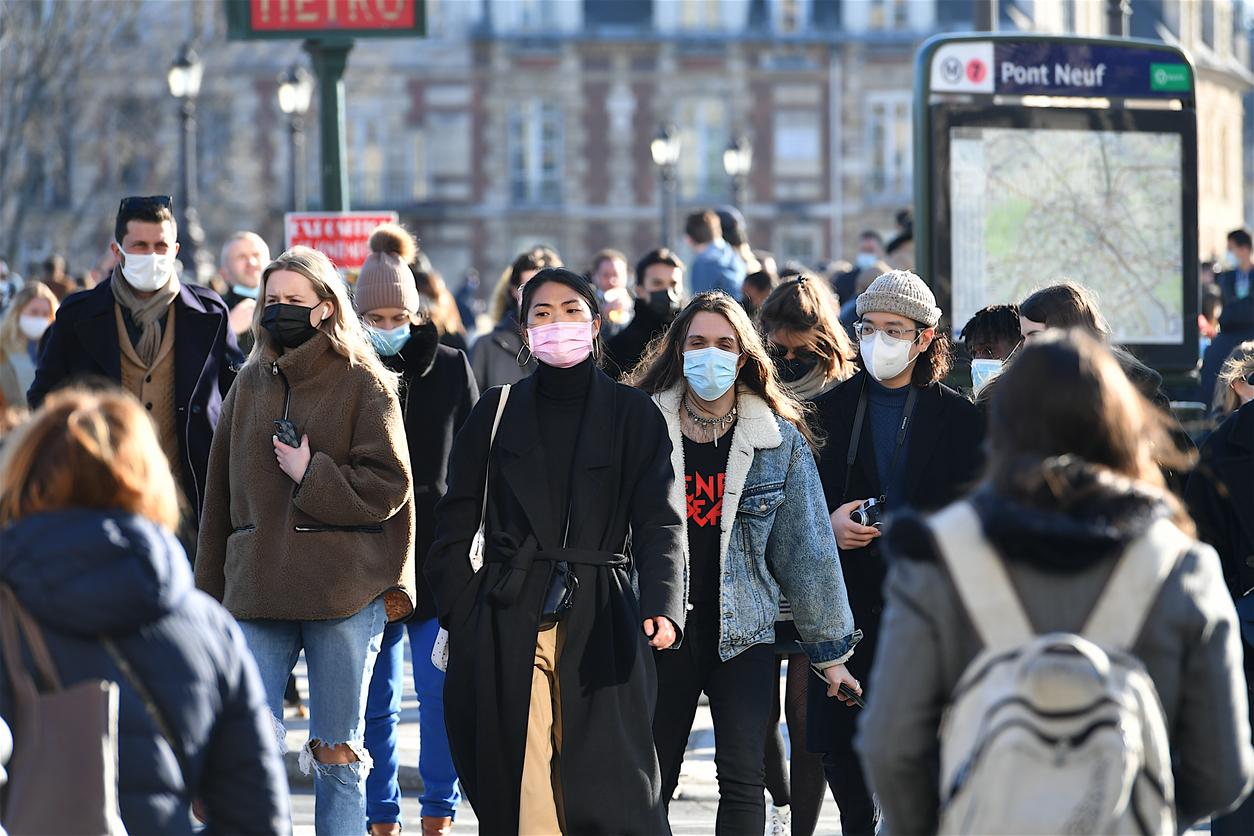Influenza is the disease most likely to cause the next global pandemic, according to a survey of 187 scientists. The second is a pathology that is not yet known.

- Flu is the disease most likely to cause the next global pandemic, according to a survey of 187 scientists revealed by The Guardian.
- The second is a pathology that is not yet known, called “disease X”.
- The WHO has expressed its “huge concern” about the spread of the H5N1 strain to mammals, including humans, even if for the moment there has been no human-to-human contamination.
Influenza will be the cause of the next global pandemic. This is what 57% scientists say in an international study which will be published next weekend and which The Guardian reveals the results.
The flu virus is constantly mutating
During this work, 187 scientists specializing in infectious diseases were questioned about the diseases that could cause the next global pandemic. They placed influenza in first position, in particular because this virus is constantly evolving and mutating.
“Every winter, the flu appears, explains Jon Salmanton-García, study director and researcher at the University of Colognein Germany, to the newspaper. These epidemics could be described as small pandemics. They are more or less controlled because the different strains that cause them are not virulent enough – but this will not necessarily be the case forever.”
A still unknown pathology at the origin of the next pandemic
After the flu, 21% of the experts surveyed believe that a still unknown “disease X” could be at the origin of the next global pandemic. This would be a pathology which, like Covid-19, would appear and could fatally contaminate human beings. Third threat: Sars-CoV-2, according to 15% of scientists. Finally, 1 to 2% of experts indicate other viruses, such as Ebola or Zika.
“Influenza remains, to a very large extent, the number one threat in terms of pandemic potential in the eyes of a large majority of global scientists.“, emphasizes Jon Salmanton-García. And for good reason, this Thursday, April 18, the World Health Organization (WHO) expressed its “huge worry“, faced with the increasing spread of the H5N1 strain of avian flu to new species, including humans.
Indeed, at the beginning of April, a person tested positive in the United States, after being infected by a dairy cow. This is the second case, after a first in Colorado in 2022. The H5N1 strain has “an extraordinarily high mortality rate” said Dr Jeremy Farrar, WHO chief scientist, during a press point in Geneva. “It’s tragic to say, but if I get infected with H5N1 and die, it’s over, he indicated. If I go around the community and pass it on to someone else, then you start the cycle.“

















